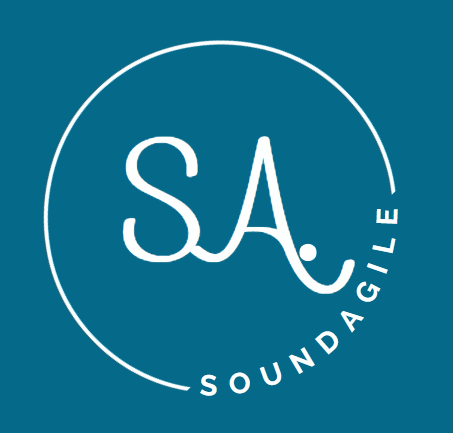When you are considering moving your organization to Agile the single most important decision and change you will make has nothing to do with the frameworks that you will select for your teams to operate under.
The change that provides the foundational support for these frameworks is about how you fund the work that these teams will do.
Agile frameworks are not designed to support fixed budget, date, and scoped projects, yet that is exactly what happens when most organizations ‘Go Agile’. Teams start working differently but Management and Finance stay aligned to annual funding cycles and weekly project plan read-outs.
To lay a foundation for success in Agile, you need to change your funding model, moving away from funding projects in annual planning cycles to one that funds dedicated teams where work will flow to teams continuously.
Much of the resistance in making this change comes from the fear that Finance will never change and this is just the way that they have to manage the books. The reality is far from that, organizations can and do make the shift from funding projects to funding teams, and when they do the entire dynamic of how work is managed and delivered changes dramatically.
For Finance this shift simplifies financial management because instead of having to manage the P/L for hundreds to thousands of projects, you will have a single entry for each team, which on average costs (blended rates) around $1 million annually. So if your organization has 40 Product teams you can expect the cost of delivering software to be $40 million.
By changing the funding model from projects to teams you can then shift your focus to Value, building a value-based Portfolio approach that identifies a risk/return profile for your organization and products which will allow for the appropriate investments to be made.
The shift to funding teams requires a change in decision-making that ensures that we are balancing what is identified as the most valuable against the cost because not everything we do can or want to should be done. Moving to funded teams does not remove the fiduciary responsibility everyone has to make sound investment decisions.
This change to delivering features in a continuous fashion allows for capitalizing on a more frequent basis which has its own benefits from a financial reporting perspective.




